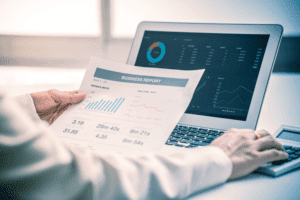
The depreciation expense in this method is calculated by subtracting the residual value of an asset from the cost and dividing the remainder by a number of years(useful life). The straight-line method’s illustration has been given in the above example. The straight-line method is the most commonly used method in most business entities.

Equipment plays an integral role in the production of a product or the offering of a service. Equipment can include crude mechanical tools such as hammers or be sophistical pieces of technology such as computer systems. Machines also play a role in the production process or in providing a service. Machines are often larger and in permanent positions as compared to other equipment. Most equipment is lighter and more mobile, while machines are often more difficult to move.
What is a plant asset?
These assets provide considerable value to a company, and they have a long lifespan. Transferring an asset through a lease agreement can be difficult, especially if the asset comes with improvements. In that case, the lessor gets the full worth of the asset plus improvements, but the lessee can count the value until the end of the lease term.

Depending on the industry and purpose of a company, a number of items might now qualify as plant assets. As we continue to walk our way down the balance sheet, we come to noncurrent assets, the first and most significant of which is PP&E. At almost $23 billion, PP&E composes almost half of the total assets of $51 billion. Its accounting definition what are plant assets could be identified in IAS 16 Property, Plant and Equipment. IAS 16 defines them as physical assets that are used to produce revenue or for administrative purposes and are expected to be in use for more than one accounting period. Plant assets are recorded at their cost and depreciation expense is recorded during their useful lives.
Types of plant assets
Such costs are part of the gain or loss on disposal of the old machine. Tangibility usefulness which means ease of use, means for generating income for the business to produce profits, and length of the asset’s lifetime. If debt has been used to purchase the plant asset, then the cash flow statement would also show the regular payments towards that debt too.
It is also called a fixed-installment method, as equal amounts of depreciation are charged every year over the useful life of an asset. Entities with property, plant and equipment stated at revalued amounts are also required to make disclosures under IFRS 13 Fair Value Measurement. The Straight-Line method depreciates an equal amount of $50,000 from the opening value each year for 7 years until the asset’s value reaches the salvage value of $50,000. The image below shows the opening, depreciation, and closing values for 7 years.









